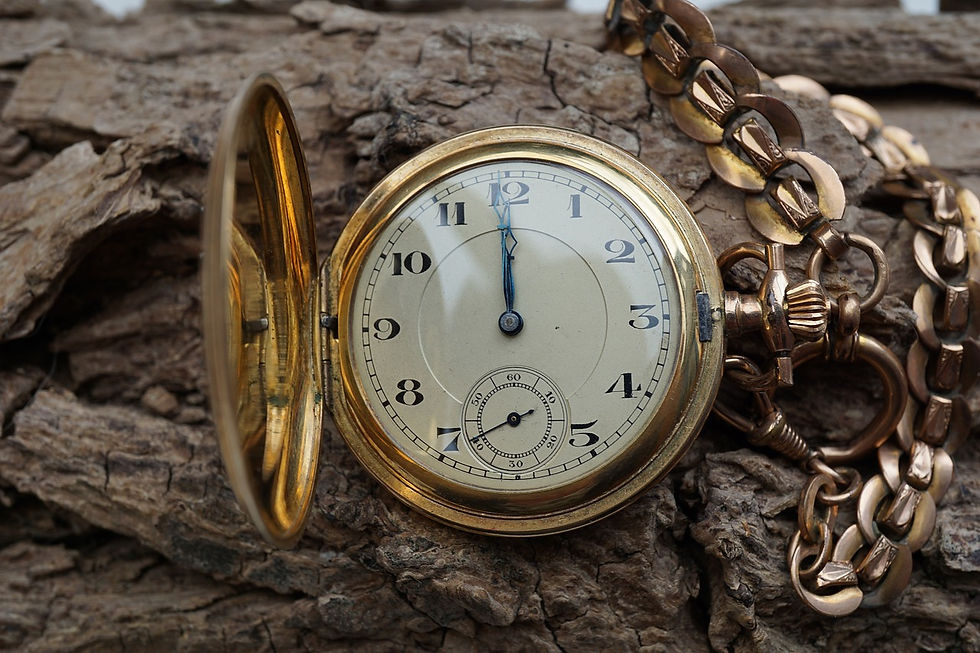Components of Value
- Aether Crew
- Aug 9, 2021
- 2 min read
Age - Dating an object determines whether an object is from the period or is a reproduction.

Authorship - The artist/maker and their reputation might greatly affect value; if a work is not attributable to an artist or maker, it is likely that its value will be impaired in the marketplace. Formally resolving issues of authorship is outside of the appraiser’s scope of work and expertise. Resolving issues concerning the identity of the maker, manufacturer, author or artist may be completed with the assistance of experts.
Condition - Physical characteristics and condition of materials are extremely important to the market value of an object. Generally, objects in good and stable condition are more valuable. Works that have been damaged beyond normal wear and tear, or have been improperly restored do not retain their value in the marketplace.
Functionality - Generally, functional objects are made in multiples, and non-functional works of art are unique. With the economic aspect of the market’s reliance on supply and demand, functional objects are more readily available and, commonly, these objects hold less value in the marketplace.
Historical Importance - The documented and historic importance of an object and its role in history can establish or increase the value of an artifact.

Maker/Artist - The individual who produces works in the visual arts. The maker’s (or visual artist’s) reputation adds value to an object. If was it made by a well-known or collected artisan or craftsman, or is produced a highly desirable maker name, it will likely be more valuable. Signed works can also have higher values.
Material - The material used to create an object may affect value; higher quality and rare materials may add value to the object. A qualified appraiser must determine whether rarity outweighs material value and whether quality of workmanship outweighs rarity.
Provenance - An object’s history of ownership, or its association with a significant collection, can increase the value in the market. Provenance can also help to establish authenticity.

Quality - An aesthetic concept, quality is used in judgment of inherent merit, worthiness, or excellence in a work or an object. A determination of whether the object is exceptional, unexceptional or mass-produced must be made. The qualified appraiser must be experienced and trained to recognize these differences.
Rarity - An extremely rare object may be quite valuable in spite of condition issues. Since the market is determined by supply and demand, the rarer an object the more valuable it may be in a competitive market.
Size - Sizes of objects can vary from era to era, from country to country, and from casting to casting. Being familiar with such information may help to conclude a date or locate the region where object was made. Additionally, size can affect the desirability and demand of objects; large-scale paintings or sculpture may have less value than smaller works by the same artists.
Style and Trends - Collector tastes change from generation to generation. These changes may affect an object’s collectability, and understanding these styles and trends is needed in order to produce a credible opinion of value.



Comments